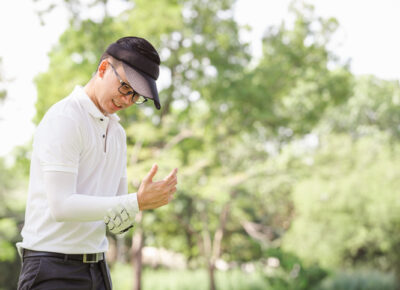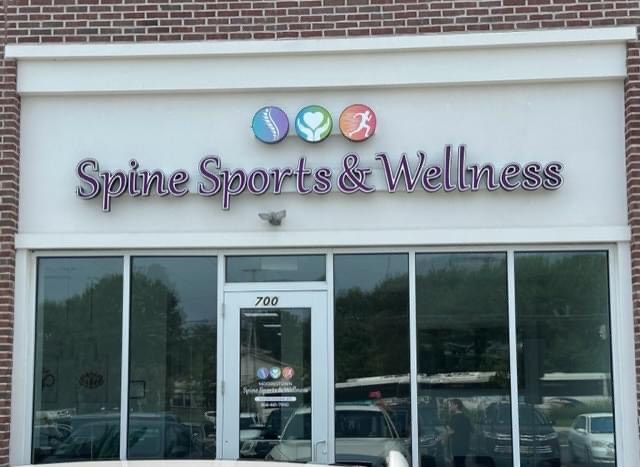Your elbow is a complicated joint that is used frequently and is susceptible to different types of injuries. Acute injuries, such as golfer’s elbow, can happen if you play sports or if you trip and fall. Overuse injuries can occur if you use your joint the same way repeatedly, which causes inflamed tendons and irritated muscles. Some autoimmune disorders, such as rheumatoid arthritis, can also cause elbow pain. Regardless of the cause of the pain, you should not ignore elbow pain. The sooner it is addressed, the better your prognosis will be.
What Is Golfer’s Elbow (Medial Epicondylitis)?
Golfer’s elbow (medial epicondylitis) is a condition that causes pain and inflammation in the tendons that connect the upper arm to the elbow. It is an injury to the wrist flexors (the muscles that flex your wrist and fingers). The pain centers on the bony bump on the inside of your elbow (medial epicondyle) and may radiate into the forearm.
It is very similar to the far more common tennis elbow, which occurs on the outside of the elbow. Both are forms of tendonitis. Tennis elbow, jumper’s knee and golfer’s elbow are all commonly used terms for tendinitis. Tendinitis is excessive inflammation of a tendon, the structure that connects muscle to bone. It is typically caused by overuse of the affected area, often from a repetitive activity. Minor trauma can also lead to tendinitis.
Patients with tendinitis often complain of intermittent pain at the site of the tendon. Movements that involve the tendon often aggravate the pain. Stiffness and swelling around the tendon can also be present. Patients often report either starting a new activity, or significantly increasing the volume of an activity, just prior to the onset of this type of pain.
What Are the Traditional Golfer’s Elbow Treatment Options?
Medial elbow pain is usually treated with a combination of icing and rest, along with anti-inflammatory medications. A steroid injection to reduce pain and swelling may be recommended if more conservative treatment is not effective. A tennis elbow brace may be prescribed to help take the strain off the tendon. Physical therapy, including prescribed stretching and strengthening exercises, may be needed to fully restore strength and range of motion to the injured elbow.
Traditional treatment is often successful. However, the most important element in traditional care is tendon rest. Depending on how severe your condition is, you may need to rest your tendon for weeks to months. Failure to seek proper medical care may result in the injury becoming chronic, which is much more difficult to treat.
Get Treatment for Golfers Elbow at Concierge Spine and Sports Medicine
Pain in the wrist, arm or elbow can make performing everyday tasks difficult. The downtime associated with traditional recovery can severely impact athletes and active individuals.
Early treatment is key to rapid resolution and return to all activities. You can get an appointment fast at Concierge Spine and Sports Medicine. We will develop a treatment plan that meets your needs and gets you on the road to recovery. To schedule a consultation, call us at (267) 551-4200 or visit us online HERE.


